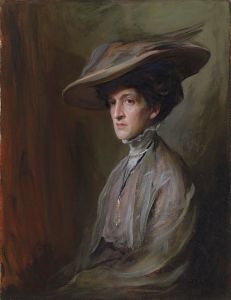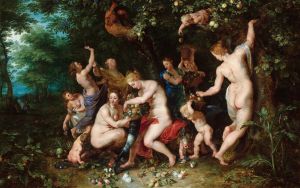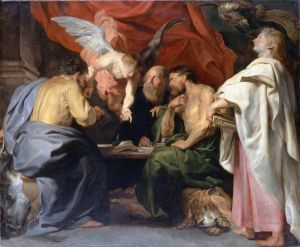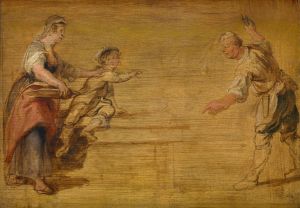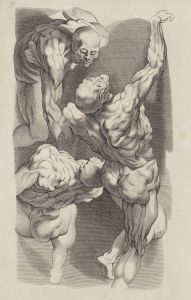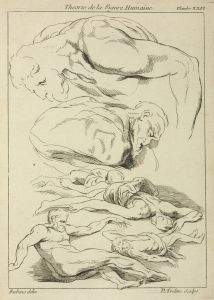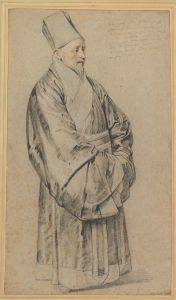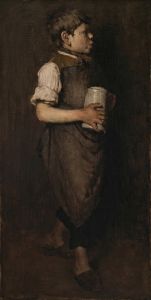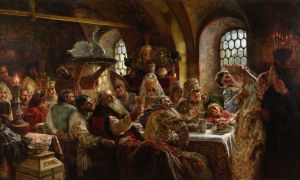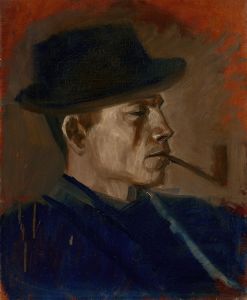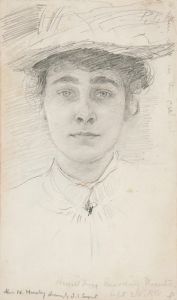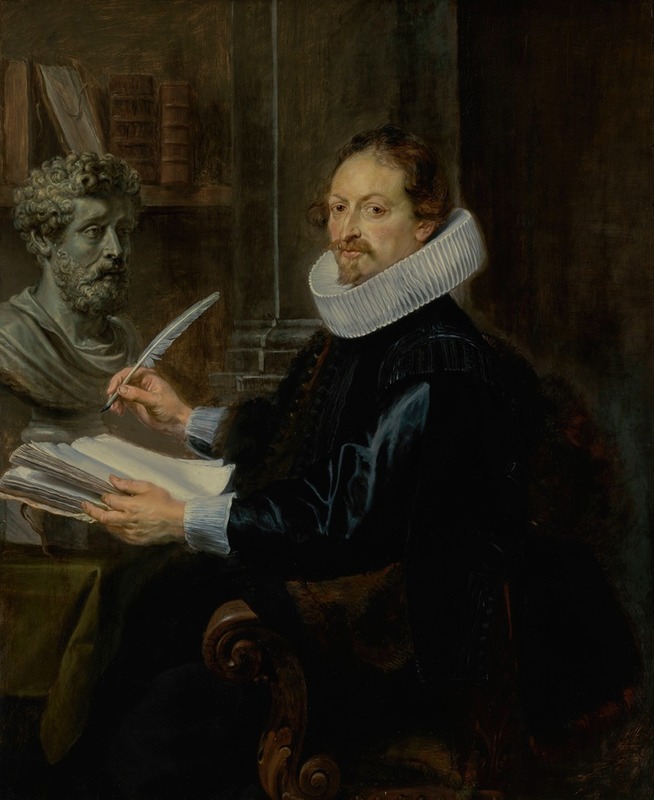
Jan-Gaspard Gevartius
A hand-painted replica of Peter Paul Rubens’s masterpiece Jan-Gaspard Gevartius, meticulously crafted by professional artists to capture the true essence of the original. Each piece is created with museum-quality canvas and rare mineral pigments, carefully painted by experienced artists with delicate brushstrokes and rich, layered colors to perfectly recreate the texture of the original artwork. Unlike machine-printed reproductions, this hand-painted version brings the painting to life, infused with the artist’s emotions and skill in every stroke. Whether for personal collection or home decoration, it instantly elevates the artistic atmosphere of any space.
Peter Paul Rubens, a prominent Flemish Baroque painter, is renowned for his dynamic compositions, vibrant color palette, and masterful portrayal of human figures. Among his extensive oeuvre is the portrait of Jan-Gaspard Gevartius, a work that exemplifies Rubens' skill in capturing the essence and character of his subjects.
Jan-Gaspard Gevartius, also known as Caspar Gevaerts, was a notable figure in Antwerp during the early 17th century. He was a learned scholar, lawyer, and a close friend of Rubens. Gevartius was deeply involved in the cultural and intellectual life of the city, contributing to its reputation as a center of art and learning. His relationship with Rubens was not only personal but also professional, as Gevartius often provided legal and intellectual support to the artist.
The portrait of Jan-Gaspard Gevartius by Rubens is a testament to their friendship and mutual respect. Painted around 1628-1630, this work is a striking example of Rubens' portraiture, characterized by its lifelike representation and psychological depth. The painting depicts Gevartius in a thoughtful pose, with a direct gaze that engages the viewer. Rubens' use of light and shadow enhances the three-dimensionality of the figure, while the subtle details in the face and clothing reflect the subject's status and personality.
Rubens' technique in this portrait is indicative of his broader artistic style, which often involved a dynamic interplay of light and color. The rich, warm tones used in the painting highlight Gevartius' features and convey a sense of vitality and intellect. The background is typically subdued, allowing the focus to remain on the subject, a common practice in Rubens' portraits to emphasize the individuality and presence of the sitter.
This portrait is also significant for its historical context. During the time it was painted, Antwerp was a thriving hub of commerce and culture, recovering from the turmoil of the Eighty Years' War. Rubens, as one of the leading artists of the period, played a crucial role in the city's artistic renaissance. His portraits of prominent citizens like Gevartius not only celebrated their achievements but also documented the vibrant intellectual and cultural life of the city.
The painting of Jan-Gaspard Gevartius is housed in the Museo del Prado in Madrid, where it continues to be admired for its artistic excellence and historical significance. It remains a valuable piece for understanding Rubens' work and the cultural milieu of 17th-century Antwerp.
In summary, the portrait of Jan-Gaspard Gevartius by Peter Paul Rubens is a masterful representation of a significant historical figure, reflecting both the artist's technical prowess and the rich cultural landscape of his time. Through this work, Rubens not only immortalized his friend but also contributed to the enduring legacy of Baroque art.





